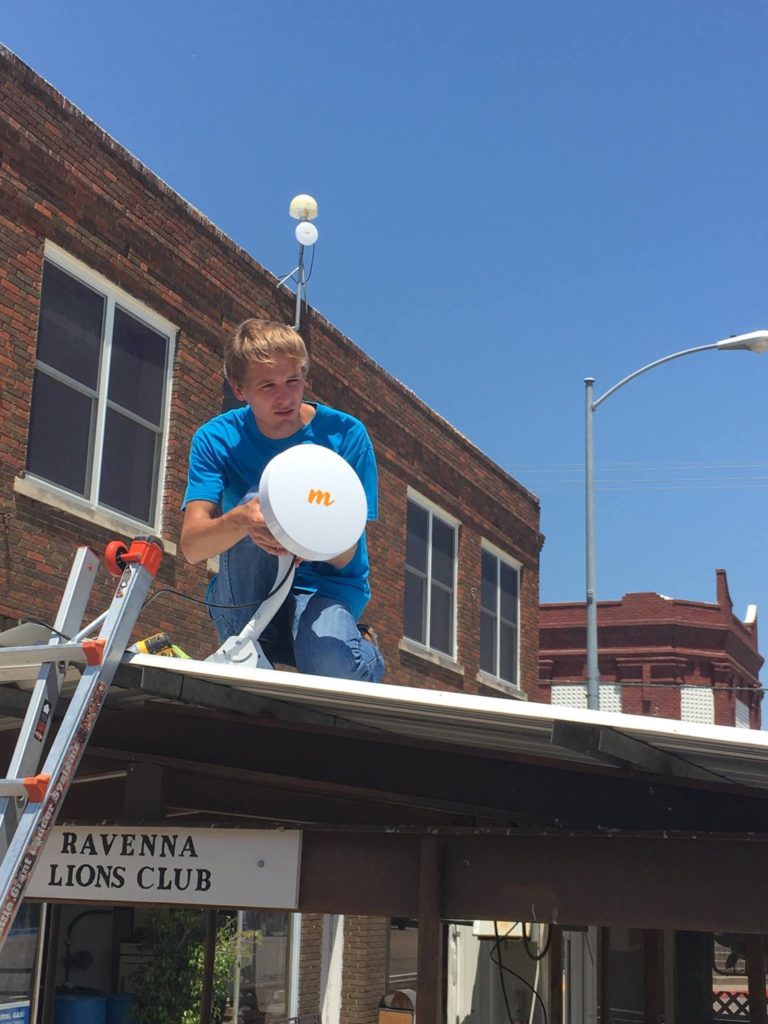But compared to other rural internet options like satellite internet and DSL, how does fixed wireless work? Let’s take a look. Still, you’ll want to make sure your antenna has a clear line of sight to the tower. Any hills, trees, buildings, or other objects can cause problems with your signal. The antennas that fixed wireless internet uses can be a lot cheaper than the cables other types of internet use. Especially in rural areas, where a company would need to build the infrastructure for a DSL or cable service from scratch. That said, rain and fog can still play havoc on a fixed wireless connection. But don’t worry if there’s a storm in the next county over. Because the fixed wireless signal is short ranged, there’s a smaller area that could be affected by bad weather. That short distance between your fixed wireless antenna and the tower means you’ll probably see latency that matches what you’d get with DSL internet. You see, a satellite internet signal has to travel thousands of miles between your computer and the satellite hanging out in Earth’s orbit. That massive distance causes your online games to lag and your videos to buffer while your computer waits for a signal.
